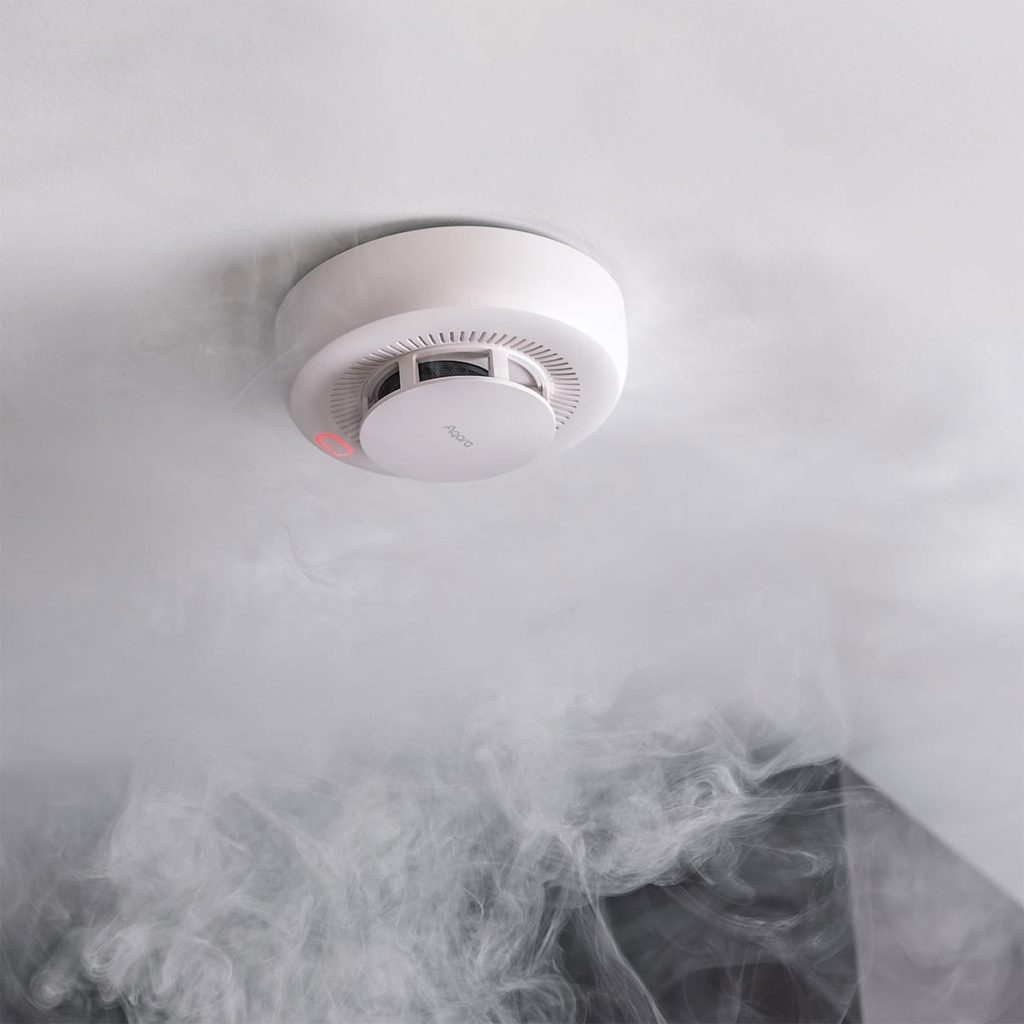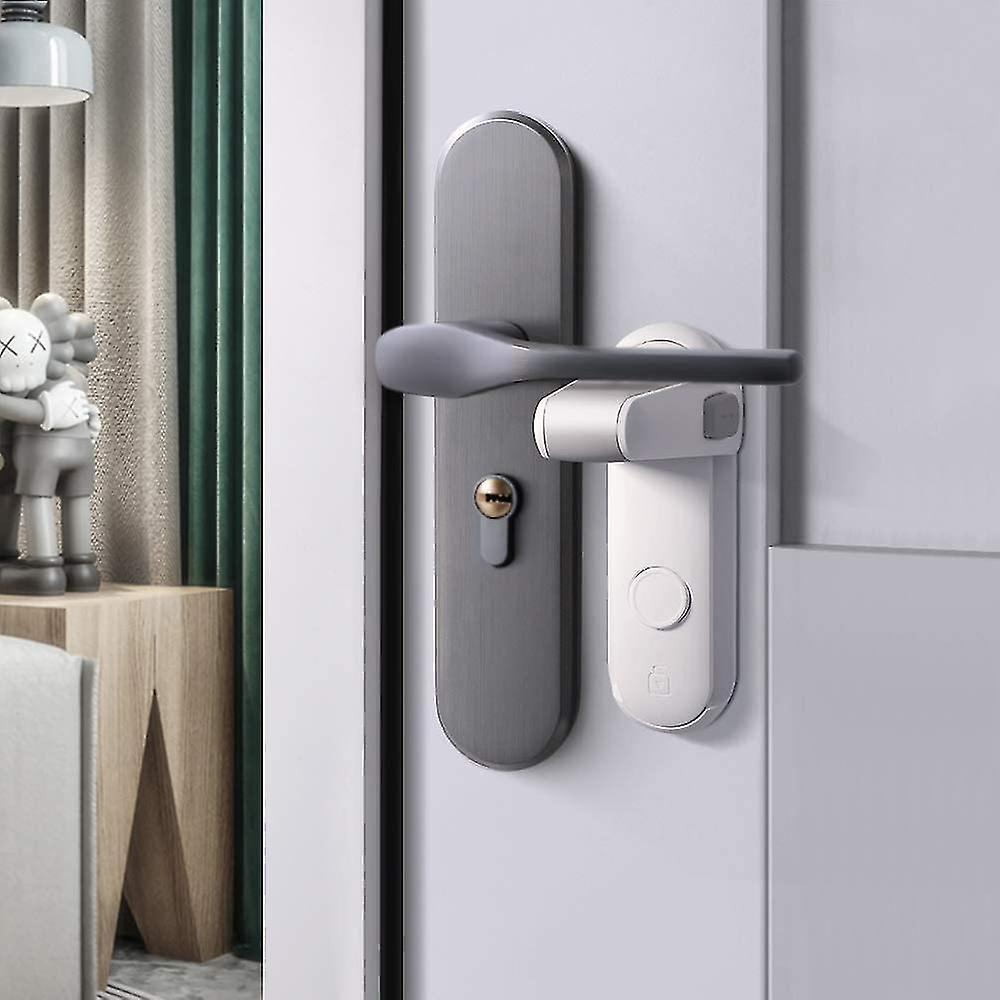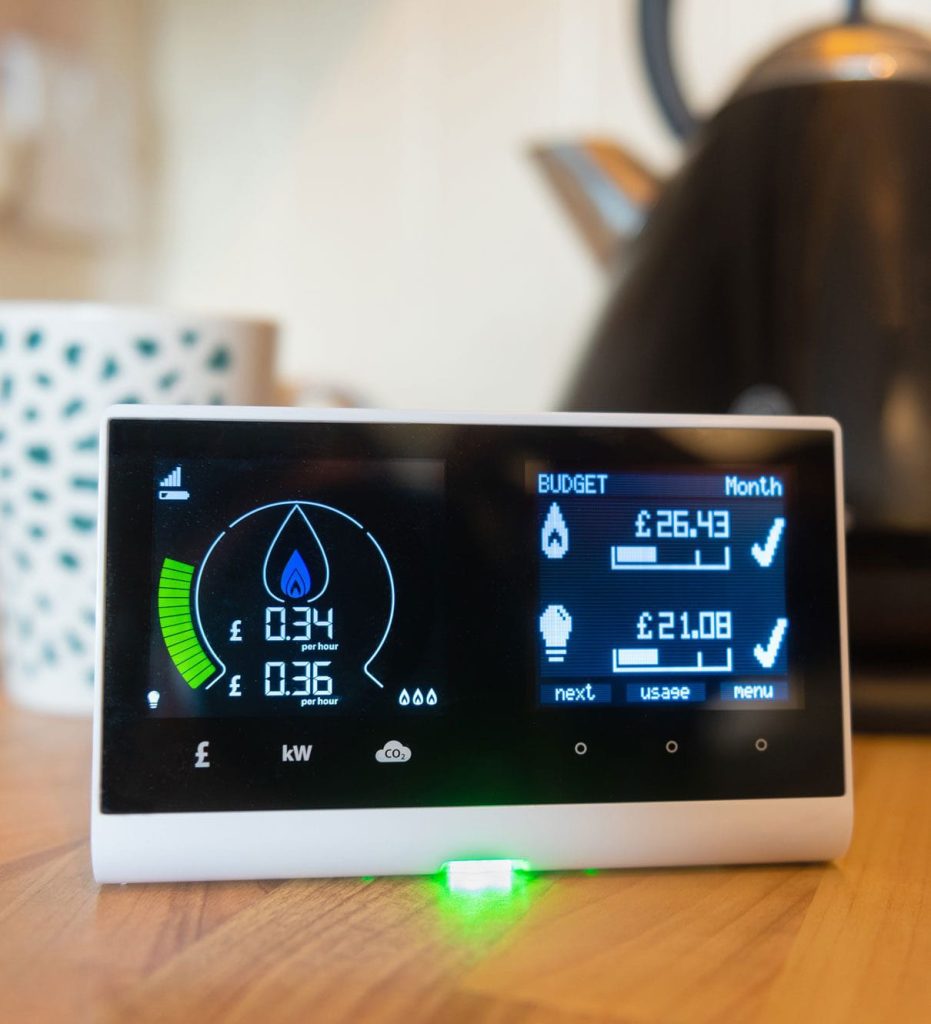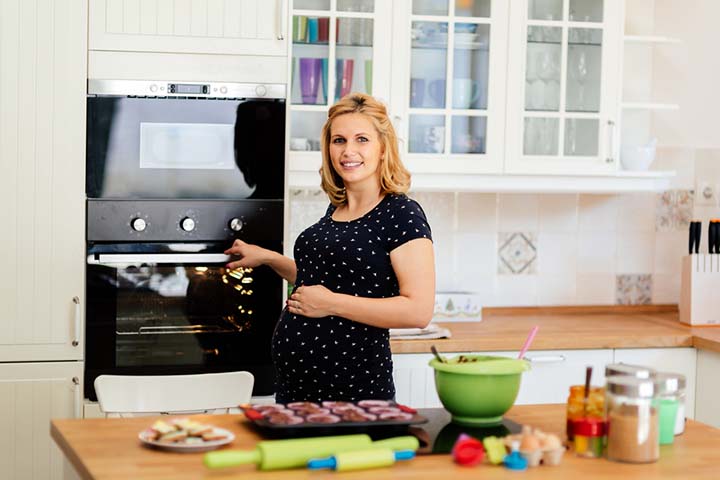Smart home kitchens have ushered in a new era of convenience, efficiency, and safety. With the integration of cutting-edge technologies, these kitchens offer a plethora of benefits that enhance the cooking experience and ensure a secure environment. In this article, we will explore the various advantages of incorporating smart appliances into our kitchen spaces, with a particular focus on their safety benefits. From automated shut-off timers and child safety locks to remote monitoring capabilities and fire suppression systems, smart appliances have revolutionized the way we approach safety in the kitchen.
The incorporation of smart appliances in our kitchens not only elevates the cooking process but also addresses safety concerns that are vital in a bustling culinary environment. By embracing these innovative technologies, homeowners can create a secure and efficient cooking space where accidents and hazards are minimized. Let’s discover the transformative power of smart appliances in revolutionizing the traditional kitchen into a sanctuary that prioritizes safety without compromising on performance and functionality.
- Smart Smoke and Carbon Monoxide Detectors:

Smart home kitchens are equipped with advanced smoke and carbon monoxide detectors that take safety to the next level. These detectors are interconnected with other smart devices throughout the home, allowing for seamless communication and integrated safety systems. In the event of smoke or the presence of carbon monoxide gas, the smart detectors can automatically trigger a series of actions to ensure the safety of the occupants. These actions may include activating ventilation systems to clear the air, turning off gas supplies to prevent further leaks, shutting down appliances to eliminate potential ignition sources, and immediately sending emergency alerts to homeowners’ smartphones. The interconnected nature of these detectors provides an additional layer of protection against fire and gas-related hazards, enabling quick and decisive action to be taken in critical situations.
- Smart Fire Suppression Systems:
Innovative advancements in smart home kitchen technology have led to the development of intelligent fire suppression systems. These systems are designed to detect and extinguish fires quickly and efficiently, minimizing potential damage and protecting lives. Equipped with advanced sensors, these systems can detect the presence of flames, smoke, or rapid increases in temperature. Once a fire is detected, the smart fire suppression system can automatically activate fire suppressants, such as foam or mist, to suppress the flames and prevent the fire from spreading. Some systems can even communicate with smart appliances to shut them down and cut off power sources, further reducing the risk of fire propagation. With smart fire suppression systems in place, homeowners can have greater peace of mind knowing that their kitchen is equipped with advanced technology to handle fire emergencies effectively.
- Automatic Shut-off Timers:
Smart appliances, such as ovens and stovetops, feature built-in automatic shut-off timers that offer peace of mind and prevent accidents caused by unattended cooking. These timers can be set to automatically turn off the appliance after a specified duration. If the cooking time exceeds the preset limit or the appliance is left unattended, the smart appliance will initiate the shut-off process. This feature significantly reduces the risk of fires, overheating, and overcooking, ensuring the safety of both the kitchen and the entire home. With the automatic shut-off timers, homeowners can confidently engage in other activities without worrying about potential hazards arising from forgotten or unattended cooking appliances.

- Child Safety Locks:
Smart appliances prioritize the safety of young children by incorporating child safety locks. These locks are particularly useful for ovens, stovetops, and dishwashers. By activating the child safety lock, parents can prevent accidental operation or tampering with the appliances. The locks create a barrier that requires a specific combination or sequence to unlock, ensuring that curious children are unable to turn on burners, open oven doors, or interfere with the dishwasher’s operation. Child safety locks provide a valuable safeguard, allowing parents to focus on their cooking tasks without compromising the well-being of their little ones.
- Remote Monitoring and Notifications:
Smart appliances offer the convenience of remote monitoring, allowing homeowners to keep a watchful eye on their kitchen even when they are away. Through dedicated smartphone apps or connected devices, users can access live camera feeds that provide real-time visual information about ongoing cooking processes or the status of appliances. This remote monitoring capability offers an added level of convenience and security. Homeowners can verify if the appliances are turned off, check if the oven temperature is within a safe range, or ensure that everything is in order before returning home. In addition to remote monitoring, smart appliances can send notifications and alerts to homeowners’ smartphones. These notifications can include reminders to turn off appliances, warnings about potential hazards such as overheating, or alerts about unexpected activities detected in the kitchen. By staying informed and connected, homeowners can take immediate action to address any safety concerns and maintain a secure kitchen environment.

- Overheat and Leak Detection:
Smart appliances are equipped with advanced sensors that can detect potential hazards such as overheating or leaks. For example, smart dishwashers are designed to detect leaks in the water supply or drain lines. If a leak is detected, the appliance can automatically initiate a shut-off process, minimizing water damage and preventing flooding. Similarly, smart ovens employ temperature sensors and algorithms to monitor heat levels. In the event of an abnormal temperature rise or excessive heat, the oven can alert the homeowner and take appropriate action to prevent further escalation. By proactively detecting and addressing potential safety hazards, these smart appliances help create a secure cooking environment.
- Emergency Assistance Integration:
Smart home kitchens can integrate with emergency assistance services to provide immediate help during critical situations. By linking the kitchen’s smart devices with emergency response systems, homeowners can quickly summon help in case of accidents or medical emergencies. For example, smart home hubs or voice-activated assistants can be programmed to recognize distress commands or specific emergency phrases. When triggered, these systems can automatically dial emergency numbers, such as ambulance services, and provide vital information about the nature and location of the emergency. This integration ensures that timely assistance is available, potentially saving lives and reducing the severity of injuries in the kitchen.
- Hazardous Gas Detection and Ventilation Control:
Smart home kitchens can incorporate gas detection sensors that monitor the levels of hazardous gases, such as natural gas or propane. These sensors can detect leaks or abnormal gas concentrations in the kitchen and trigger appropriate actions to mitigate potential dangers. For instance, when a gas leak is detected, the smart home system can automatically shut off the gas supply to prevent further leakage and potential fire or explosion risks. Additionally, smart ventilation systems can work in conjunction with gas detection sensors. If a gas leak is detected, the ventilation system can automatically activate to vent out the hazardous gases and maintain a safe air quality level in the kitchen. The integration of gas detection and ventilation control in smart home kitchens significantly reduces the likelihood of accidents caused by gas leaks and enhances overall safety.
- Enhanced Appliance Safety Features:
Smart appliances are designed with enhanced safety features to minimize the risk of accidents and injuries. For example, smart refrigerators often include door alarm systems that alert homeowners when the refrigerator door is left open for an extended period. This prevents spoilage of food and reduces energy waste. Additionally, some smart appliances have built-in safety mechanisms to prevent power surges or electrical overloads, reducing the risk of electrical fires or damage to the appliances. These enhanced safety features provide an extra layer of protection, ensuring that the kitchen remains a safe environment for cooking and food storage.
In conclusion, smart home kitchens prioritize safety through a range of advanced features. From interconnected smoke and carbon monoxide detectors to automatic shut-off timers and child safety locks, these appliances offer comprehensive protection against potential hazards. Remote monitoring capabilities and notifications keep homeowners informed about the status of their kitchen even when they are away. The integration of overheat and leak detection mechanisms further enhances safety measures, while seamless integration with smart home security systems provides a comprehensive approach to kitchen safety. With these safety features, smart appliances contribute to creating a secure and worry-free cooking experience, allowing homeowners to focus on their culinary endeavors with confidence.
